 Abraham Lincoln
If given the truth, the people can be depended upon to meet any national crisis...
Abraham Lincoln
If given the truth, the people can be depended upon to meet any national crisis...
 Guildford news...
for Guildford people, brought to you by Guildford reporters - Guildford's own news service
Guildford news...
for Guildford people, brought to you by Guildford reporters - Guildford's own news service
Birdwatcher’s Diary No.185
Published on: 21 Apr, 2019
Updated on: 23 Apr, 2019
By Malcolm Fincham
Although my best intentions are to stay up-to-date with my reports, at this time of the year they continue to fail me once again. With springtime visiting birds being reported arriving on a daily basis, it has been far from easy keeping up with my photographs.
On Sunday April 7, in the company of good friends Bob and Dougal, we revisited Staines Reservoir and Moor, having only visited there the week before.
Much changes in a week however, and it turned out to be a good day adding a few new photos and sightings to our year’s listings. I was able to get some reasonable pictures of an obliging garganey.
The garganey population move “mostly” to southern Africa to winter. They are our only migrating duck, arriving about this time of the year to breed in the UK. Generally they remain very elusive, though this one displayed well on the south basin on the day of our visit.
Also showing well, and another good sighting, was to our delight, a “visiting” male scaup, not far from where we stood on the causeway as we looked out on the north basin.
Also, beyond the railings was an adult female mallard duck minding her clutch of chicks as they splashed around in the water.
On having allowed them to play for a while she attempted, with little success, to tuck them out of sight under her wings and body on grassy part of the bank nearby.
On the the other side of the causeway that divides the two basins, and close to view, was a little ringed plover.
Also seen were several white wagtails. Although similar in looks to our pied wagtails, these birds breed in more easterly parts of Europe. It is the national bird of Latvia and has featured on the stamps of several countries.
Thanks to Dougal and the sharing of his “scope”, we where to pick out the more far-flung stuff and were able to add a few species, otherwise too distant to view.
A great northern diver was observed, but too far out for a picture with my camera.
Three little gulls on the far side of the basin were another good addition.
As well as my first common tern of the year.
Moving on to Staines Moor we were able to add a ring ouzel to our year’s sightings.
Not to be confused with the blackbird, the male is particularly distinctive with his pale wing panels and black plumage contrasting with a white gorget (a white crescent on the upper breast).
The female’s appearance varies from a very bright breast band to a scarcely visible one. This often depends on the age as the older females tend to have a brighter and more defined colour.
Among the other bird sightings were groups of linnets in song, washing in the shallow water of the River Colne.
While skylarks continued to sing overhead.
On April 10 reports came through what was thought to be almost certainly “Colin” the infamous Thursley cuckoo, having made its return to the Parish Field on Thursley Common.
Having plenty of photos on its previous years of visiting there, and confident of seeing at least one cuckoo this year I opted to give him a miss, at least for the time being. Besides, I imagined the hoards of “paparazzi” that “Colin” would probably be attracting,
There was still plenty to look out for on my local patch at the Riverside Nature Reserve near Burpham At least five blackcaps could now be heard singing there.
With the contact sounds of the females, both heard and (sometimes) glimpsed, not far from the melodic song of the male.
For the first time this year, on the evening of April 10, a sedge warbler could be heard, having just arrived back from Africa. It was tuning up, singing segments of its “scratchy” song, nestling out of sight in the reed bed near the lakeside.
It wasn’t until three evenings later that it finally gave itself up, although only briefly for my camera, as it perched up still partially secluded in the shelter of some brambles near the lakeside. Later it could briefly be been seen back in the reeds, where I had or originally heard him calling.
Not regularly seen by me there were a pair of linnets that had appeared to have taken up residence.
Long-tailed tits remained a regular sighting, now paired up with some already tending to their young.
A pair of nuthatches could be seen in close proximity as I walked the reserve, constantly in contact with each other as they worked their way, in their renown upside-down posture, as the picked out insects from the bark of a tree.
Tree creepers were also present and active, while unlike the nuthatch, they could be mostly seen working their way up the trees. One in particular I photographed could be seen with a beak full of insects, suggesting that it had young nearby to feed.
Great crested grebes continued to grace the lake with at least two pairs seen most visits, although no signs of nest building has been evident.
The coots on the lake had already built their nests and were already incubating their young.
In spite of a mostly rather chilly fortnight, with an easterly breeze during the first half of April, as well as regular night frosts toward the middle of the month, insects were now starting to emerge. A few bees could be seen collecting pollen.
Just as importantly many other smaller insects were now breaking out. These being essential for the now arriving swallows, house martins and sand martins.
Sand martins and house martins could be seen as they passed through. Stopping to feed while in fight over the sewage works near Stoke Lock.
Late afternoon and early evening they could be seen along with the swallows, as they hawked for insects.
On the lake was a small group of Canada geese. One of which often seen there (and several other lakes and ponds around the Surrey Hills) was certainly a hybrid.
A lone greylag goose would often spend time among the small “gaggle”, catching sight of it on one occasion, treading water as it took to the air.
Looking out on the “scrape” from the towpath by Stoke Lock, were a pair of Egyptian geese already with their young.
While in an oak, still bare of leaf, a pair of kestrels could be seen mating on several occasions.
Nearby, a blue tit attempted to hide from my sight.
While a robin boldly posed for a picture.
Species of birds were arriving by the day, and hopefully with many more passing through before the month is over. My latest addition there was a willow warbler. It announced its arrival with a full rendition of its song.
My most unusual sighting of Apri so far was on my “travels” was to the south of Guildford in a residential area of Shamley Green.
A strange looking bird could be seen, standing on someone’s front doorstep, calling. From a distance I struggled to work out what it was.
Having rubbed my eyes in disbelief a number of times, I soon realised it was in fact a guinea fowl. “Maybe he forgot to take his keys with him when he went out?” I thought to myself, as he continued to call loudly at the door as if hoping someone would let him in.
Responses to Birdwatcher’s Diary No.185
Leave a Comment Cancel reply
Please see our comments policy. All comments are moderated and may take time to appear. Full names, or at least initial and surname, must be given.
Click on cartoon for Dragon story: Public Asked for Views on SCC’s Proposal for Reduced Speed Limits



Recent Articles
- What Ash Wants – Village’s Neighbourhood Plan Goes out For Consultation
- St Nicolas’ Infant School Celebrates ‘Good’ Ofsted Rating
- Former Guildford Policeman Admits Misconduct In Public Office
- Letter: Nothing Prepared Me for the Scene of Destruction
- Have You Seen Missing Scarlet-Rose?
- Guildford’s MP Cuts the Ribbon at Merrow Post Office Opening
- Letter: Recreational Rowing Might Be the Answer
- A281 Closure – Additional Works To Take Advantage of Road Closure
- Breast Screening Unit Comes To RHS Wisley
- Final Phase of Deepcut Redevelopment Approved


Recent Comments
- Ian Mackrell on Stoke Park Was Bought 100 Years Ago with Plans for a Public Open Space and Houses!
- Caroline Freeman on Letter: Recreational Rowing Might Be the Answer
- Diane Harris on Letter: Recreational Rowing Might Be the Answer
- alexander Ford on Guildford’s Green Day Shows Commitment to Net Zero by 2030 Remains
- Adam Aaronson on Letter: How Surveys of Public Opinion Should Be Organised
- Ben Paton on Flashback: Council Report Accepts Juneja Case Has Caused ‘Reputational Damage’
Search in Site
Media Gallery
Dragon Interview: Local Artist Leaves Her Mark At One of England’s Most Historic Buildings
January 21, 2023 / No Comment / Read MoreDragon Interview: Lib Dem Planning Chair: ‘Current Policy Doesn’t Work for Local People’
January 19, 2023 / No Comment / Read MoreA3 Tunnel in Guildford ‘Necessary’ for New Homes, Says Guildford’s MP
January 10, 2023 / No Comment / Read More‘Madness’ for London Road Scheme to Go Ahead Against ‘Huge Opposition’, Says SCC Leader
January 6, 2023 / No Comment / Read MoreCouncillor’s Son Starts Campaign for More Consultation on North Street Plan
December 30, 2022 / No Comment / Read MoreCounty Council Climbs Down Over London Road Works – Further ‘Engagement’ Period Announced
December 14, 2022 / No Comment / Read MoreDragon Interview: GBC Reaction to the Government’s Expected Decision to Relax Housing Targets
December 7, 2022 / No Comment / Read MoreHow Can Our Town Centre Businesses Recover? Watch the Shop Front Debate
May 18, 2020 / No Comment / Read More



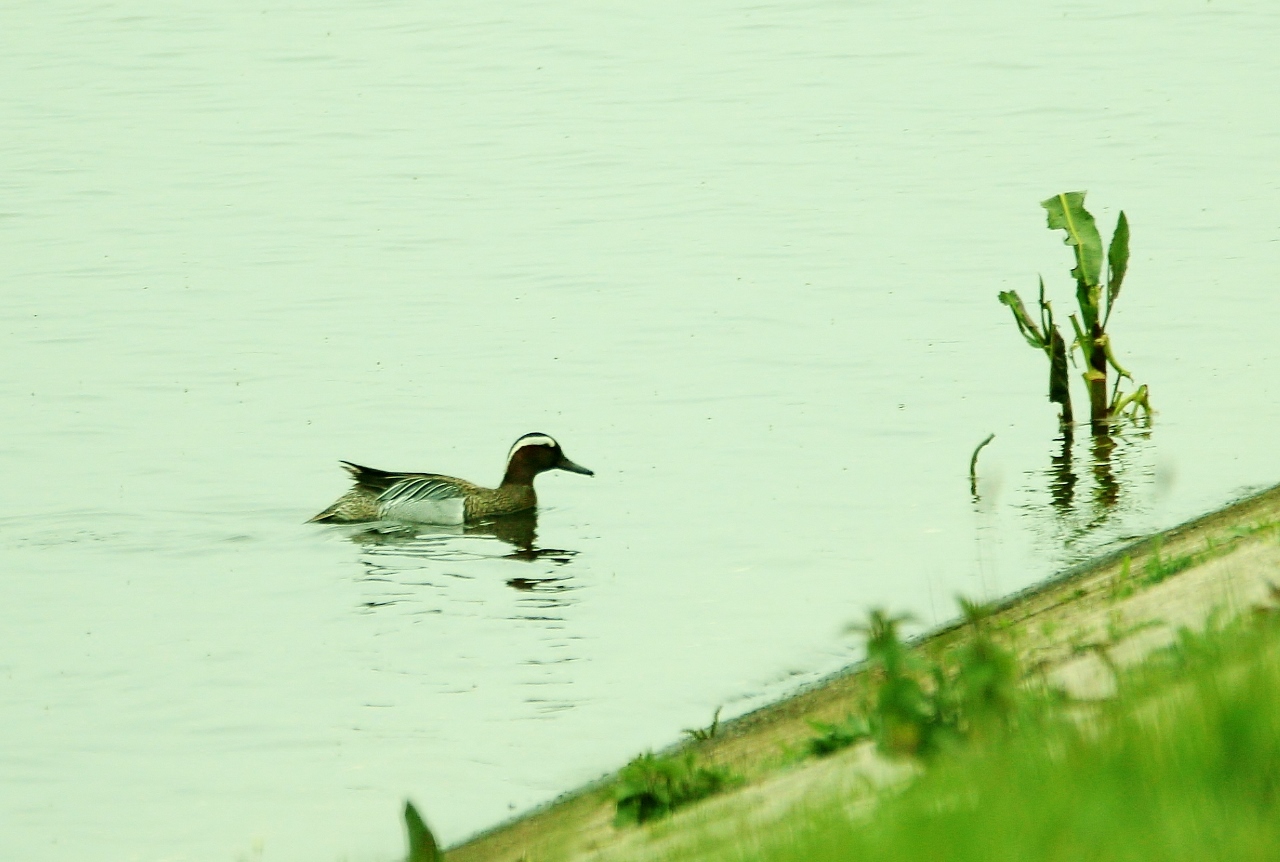

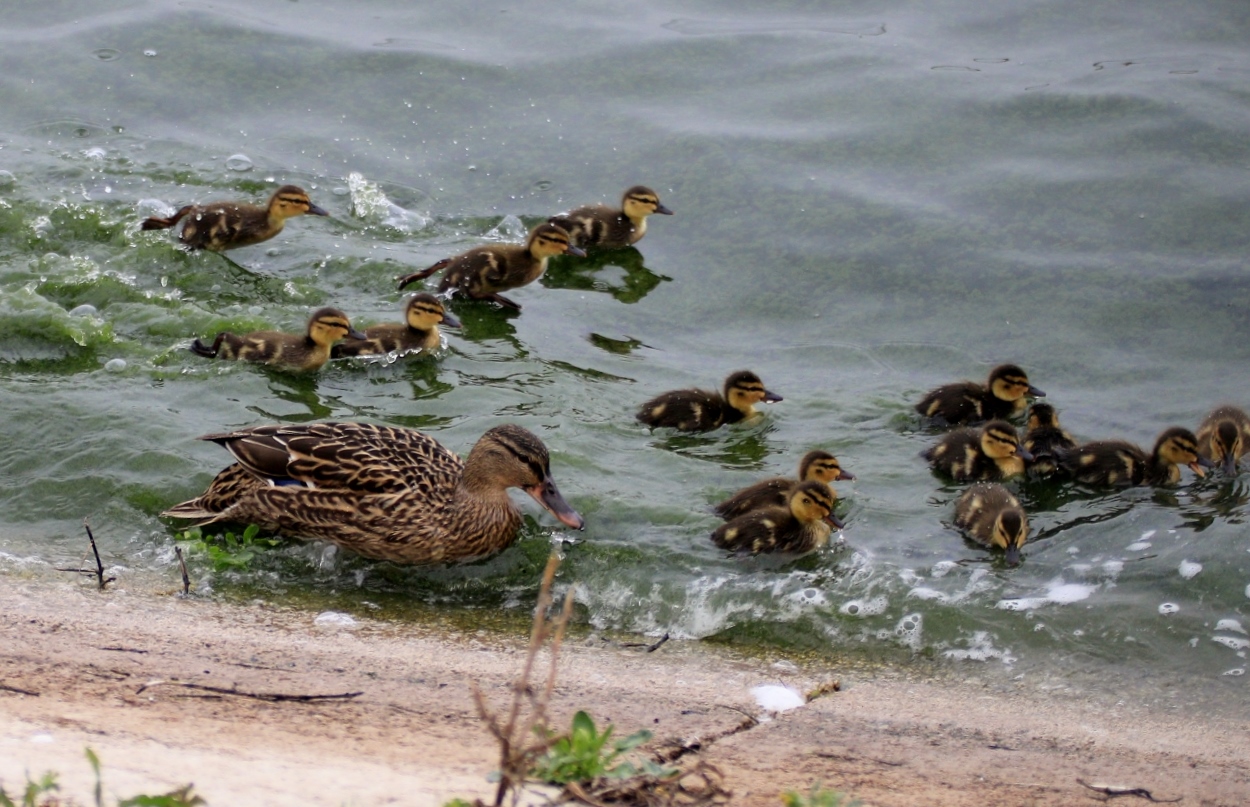
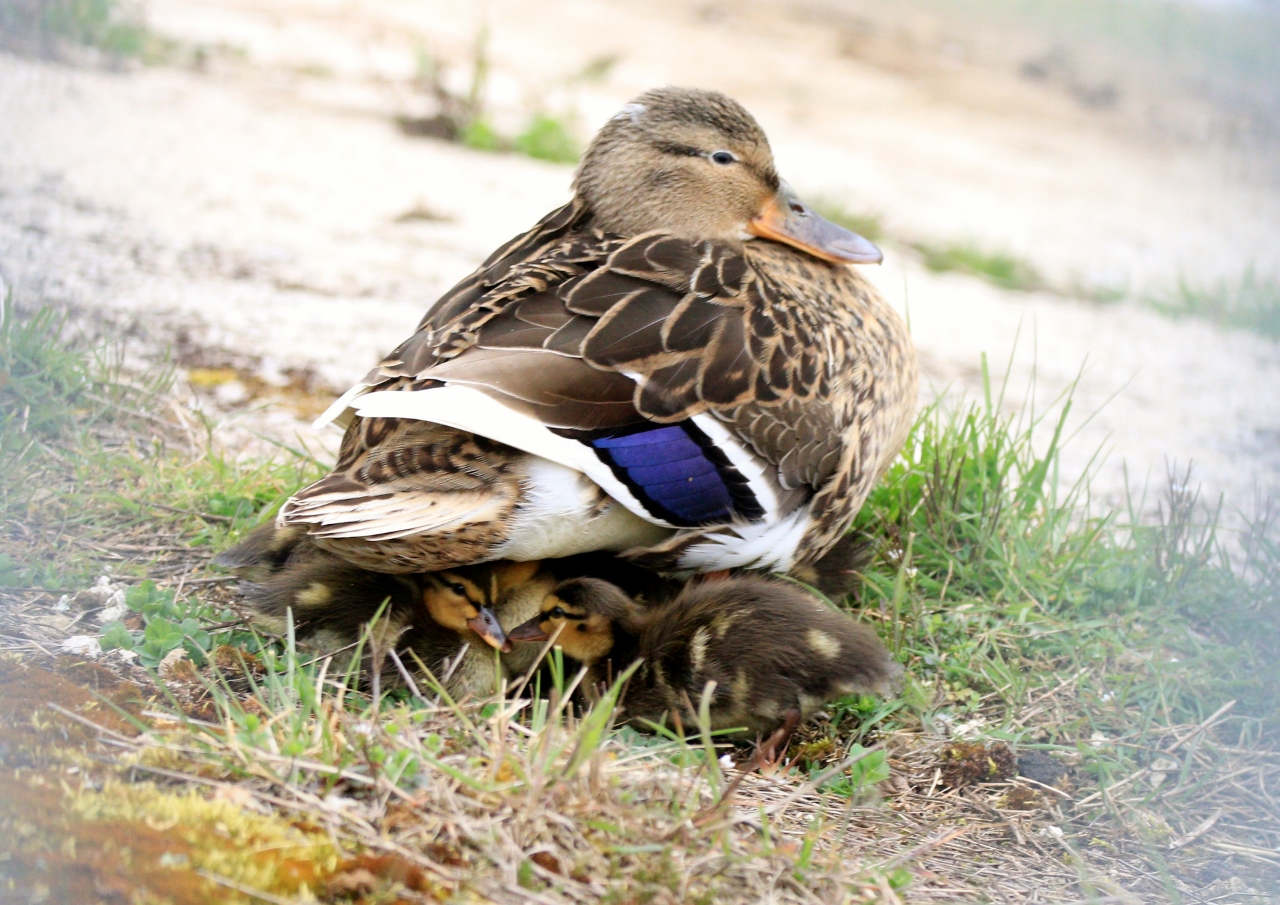

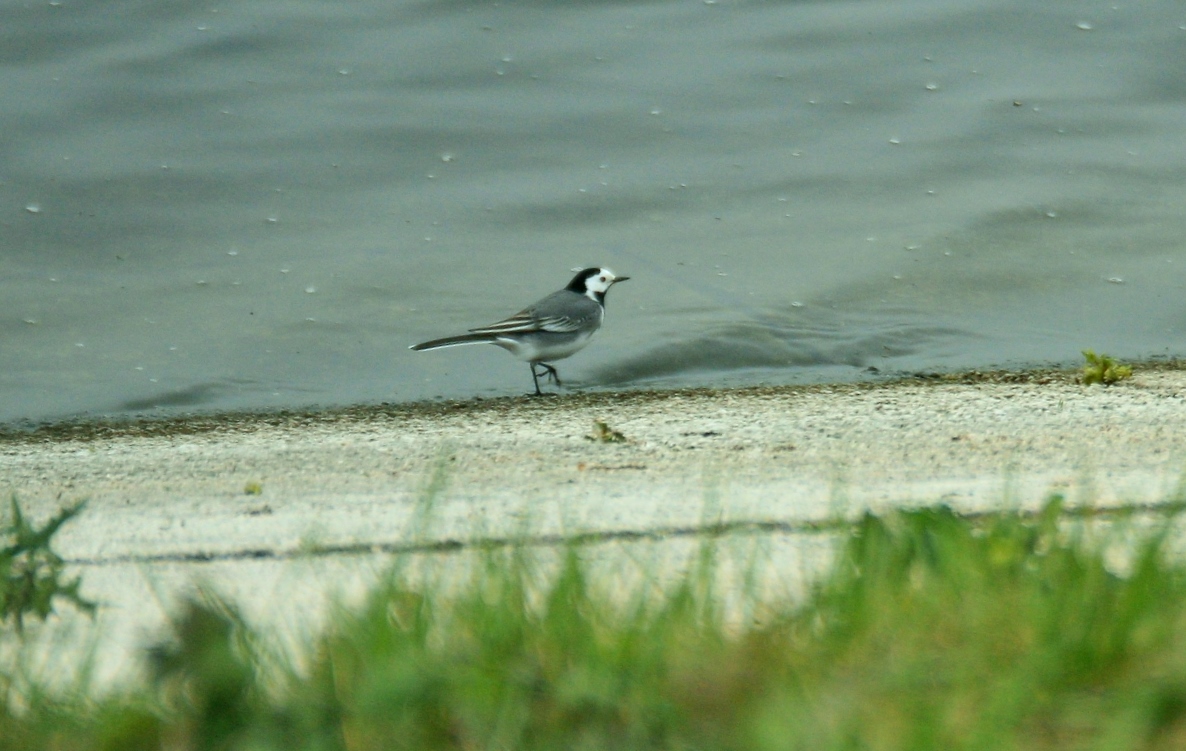
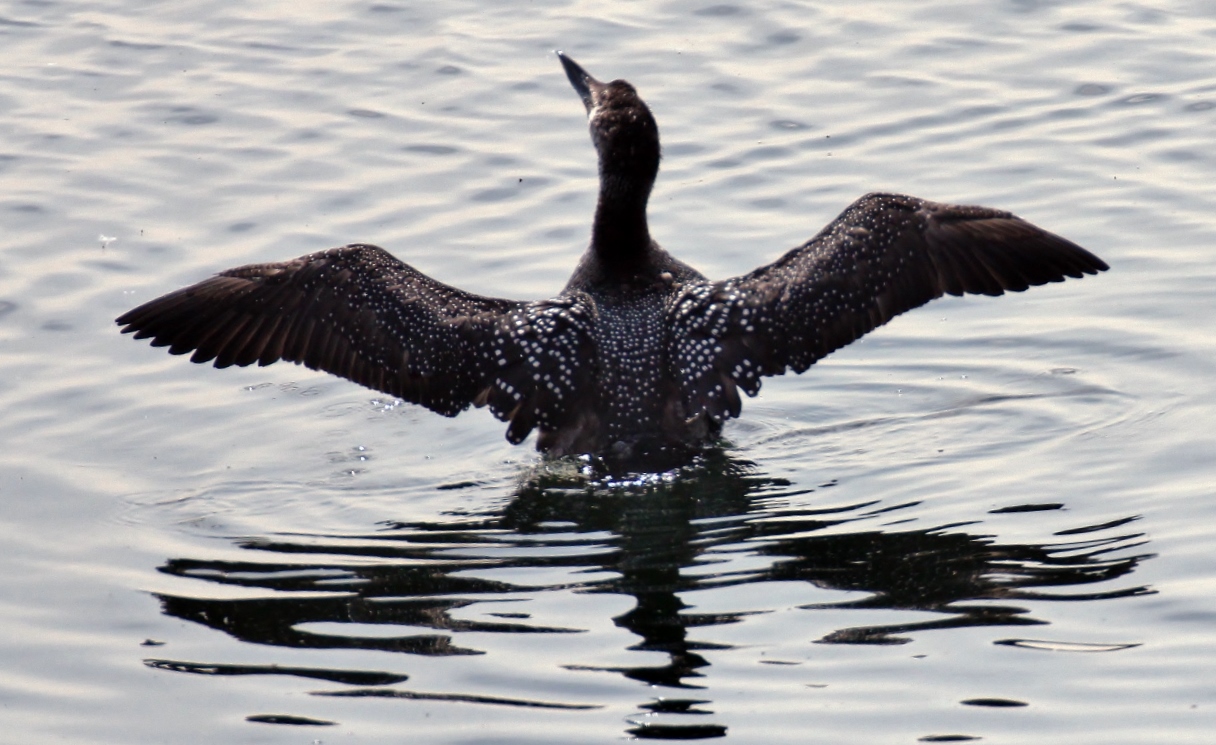

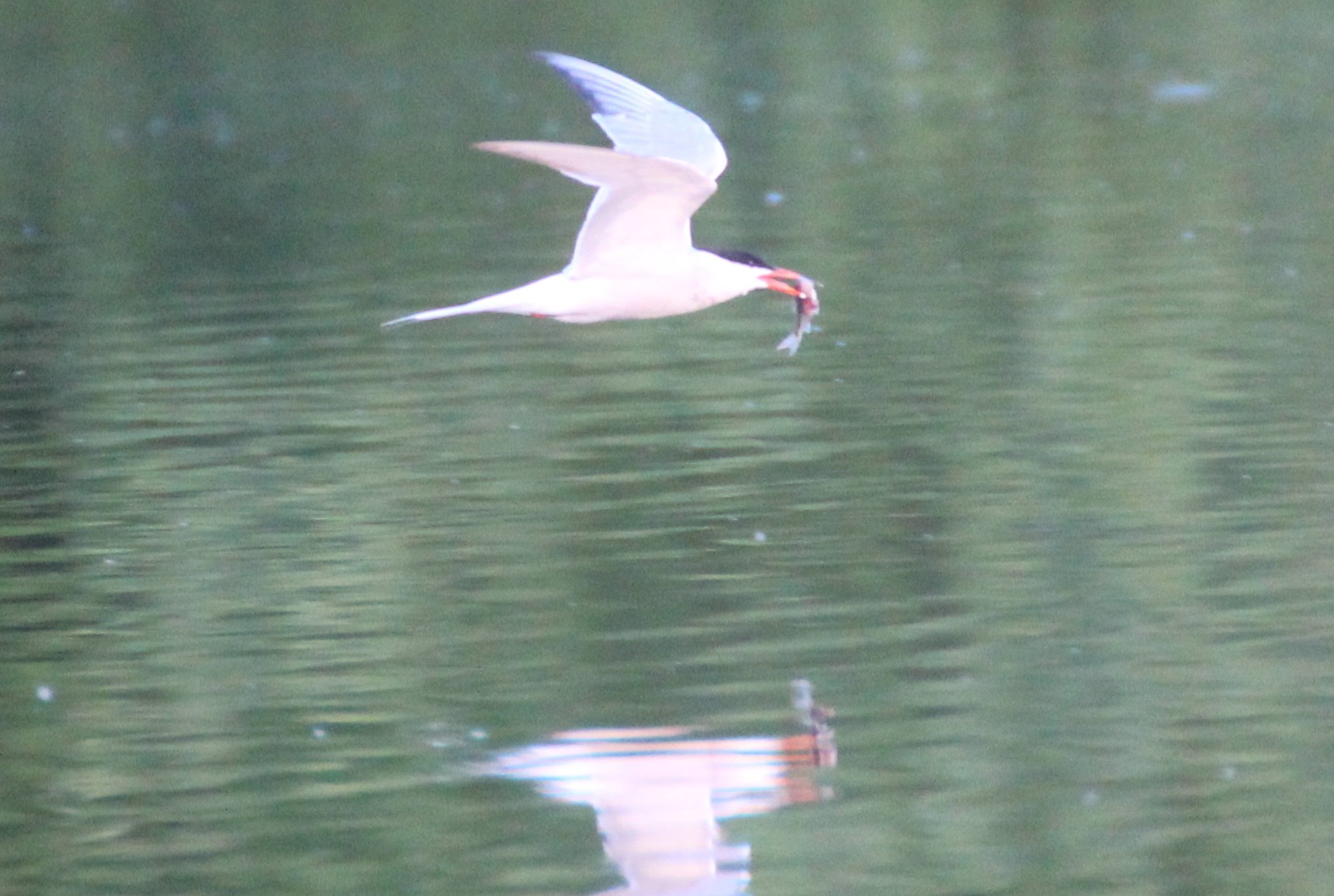
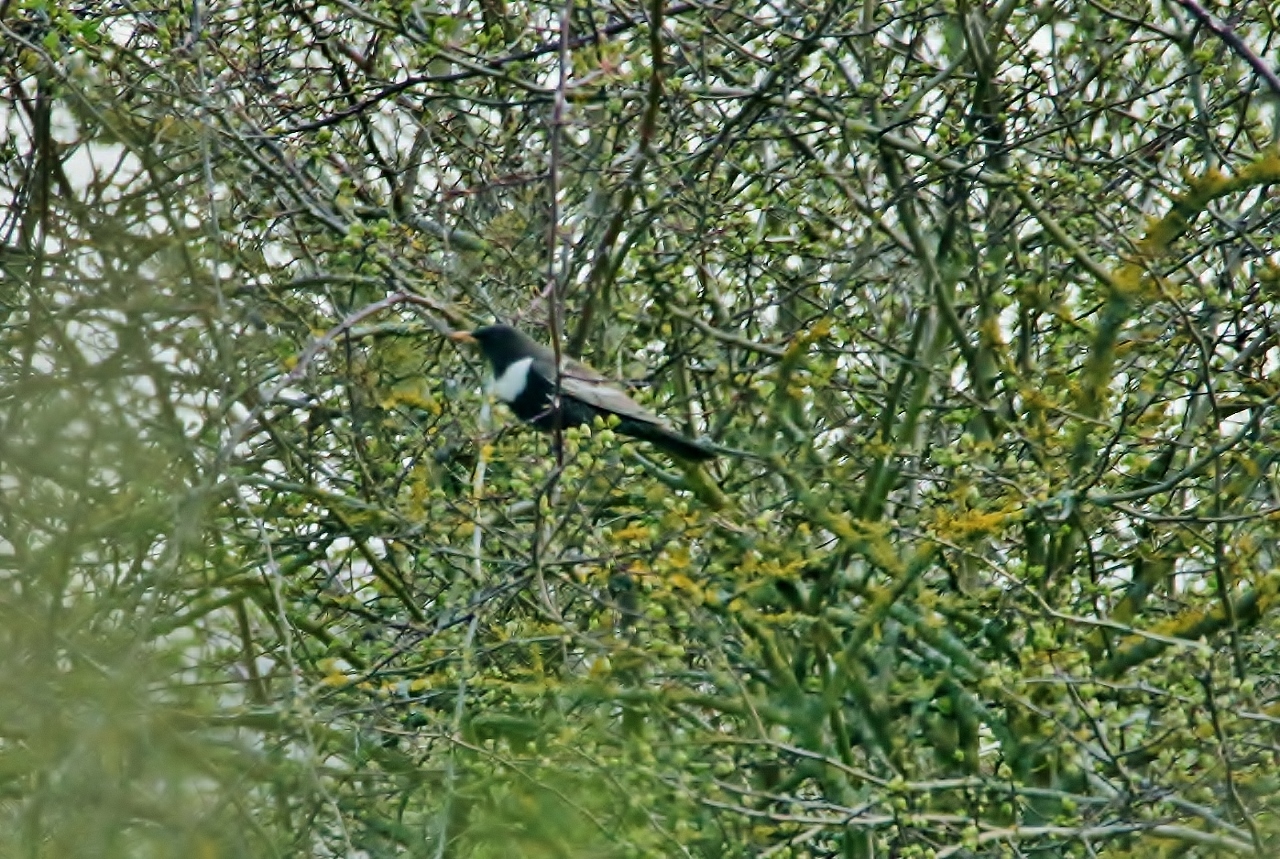
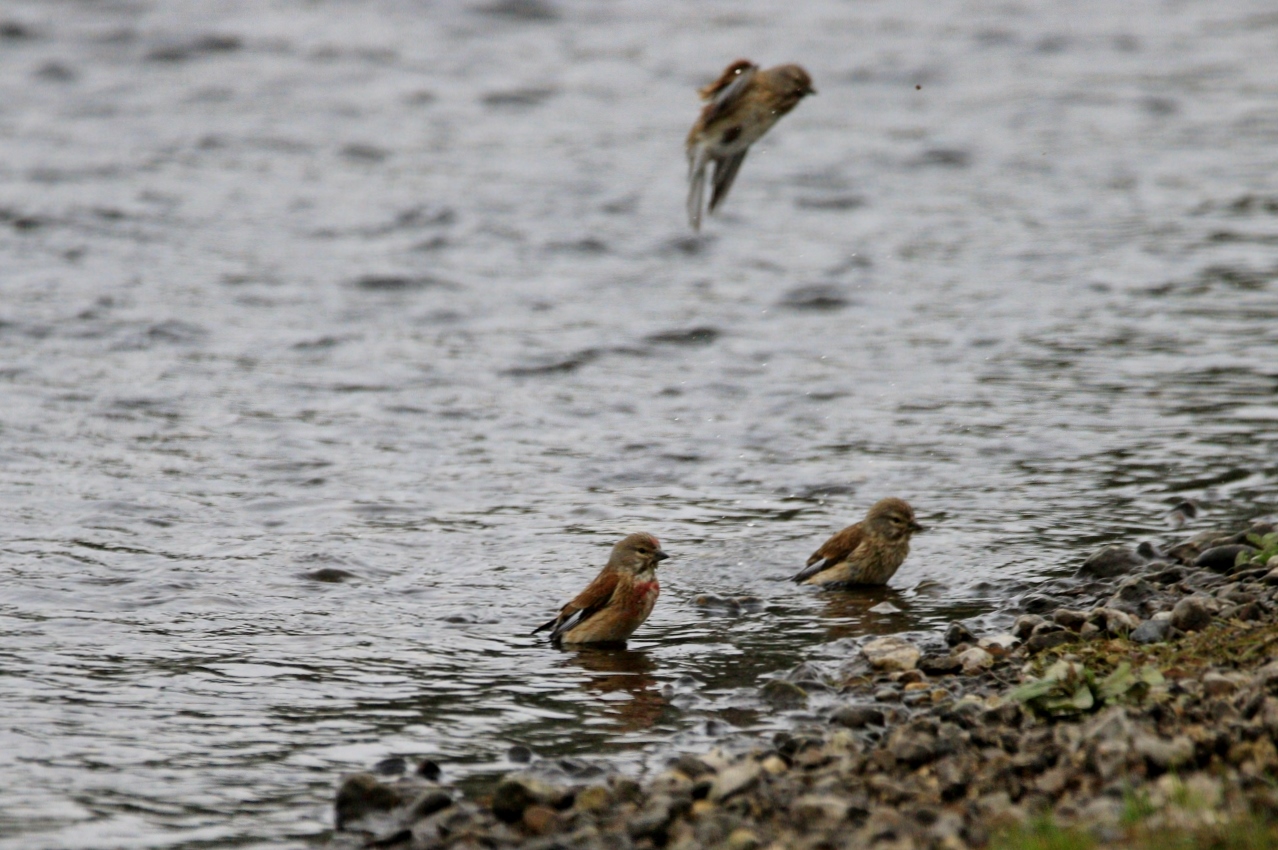
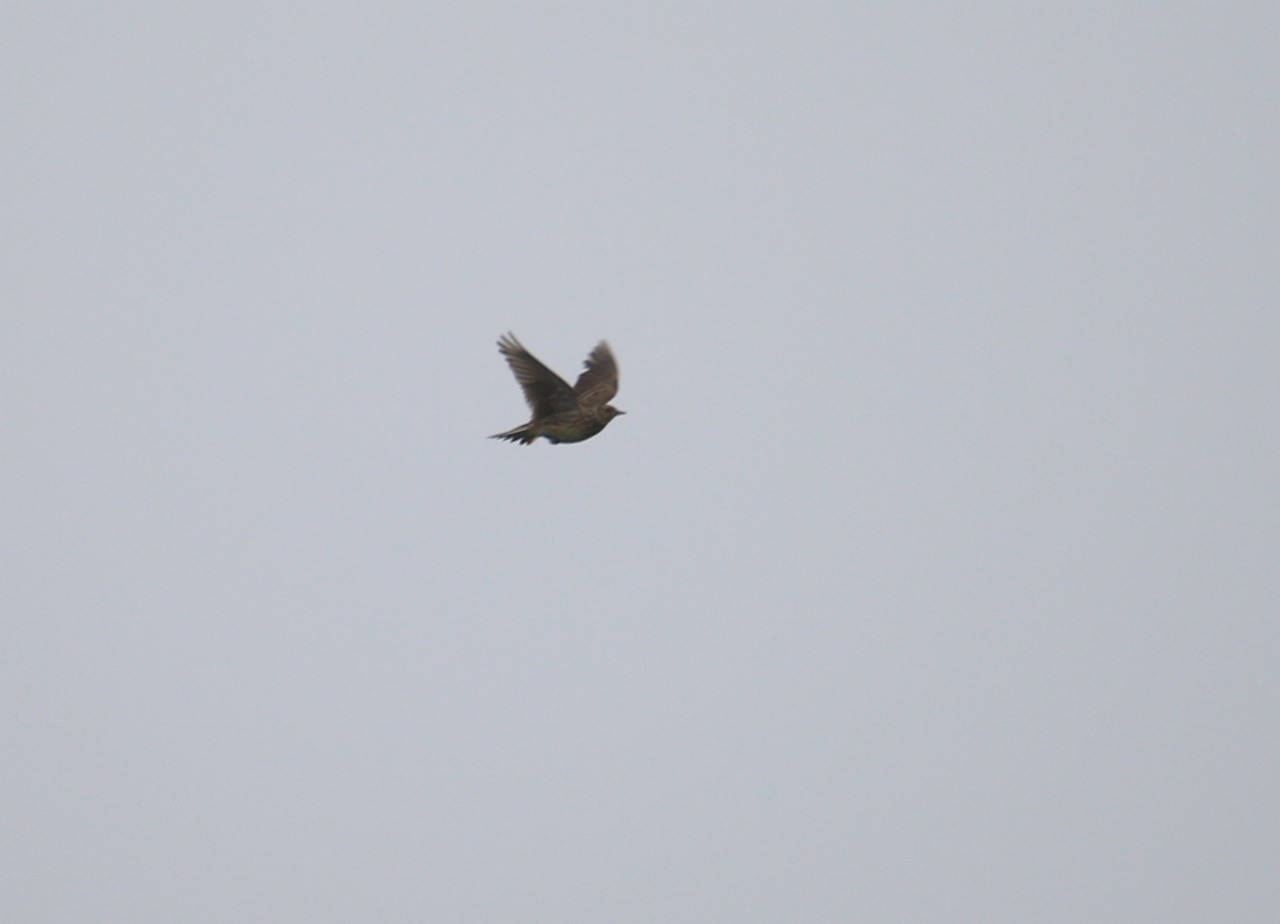

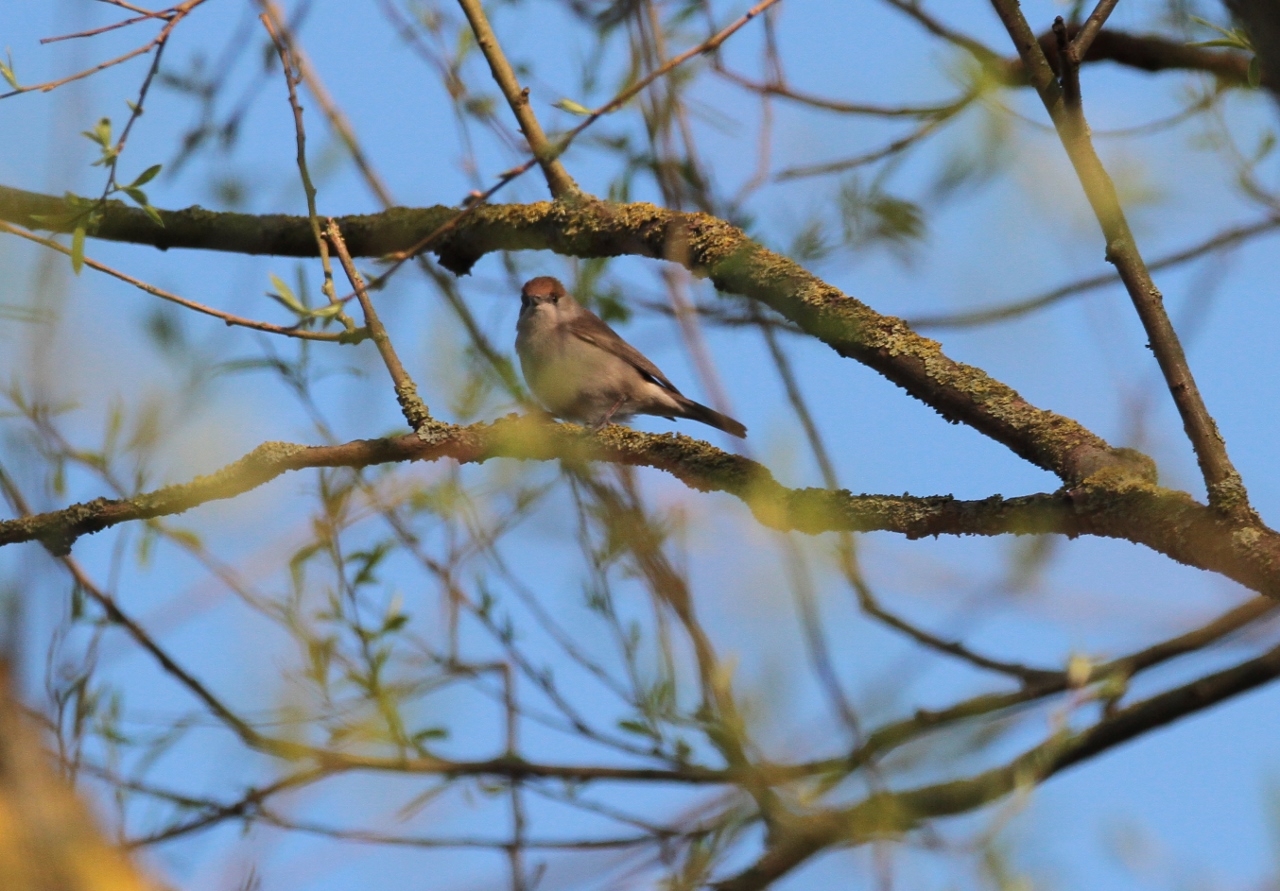


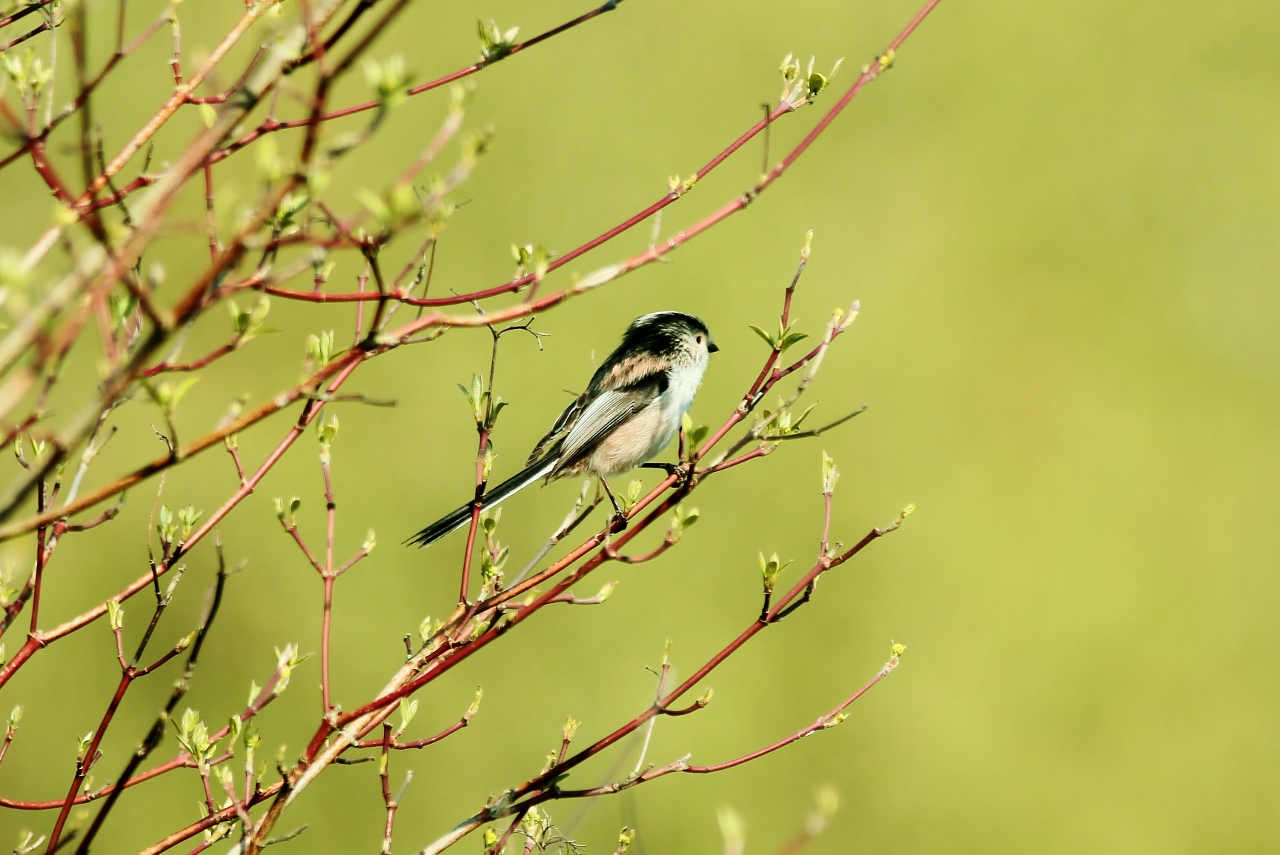
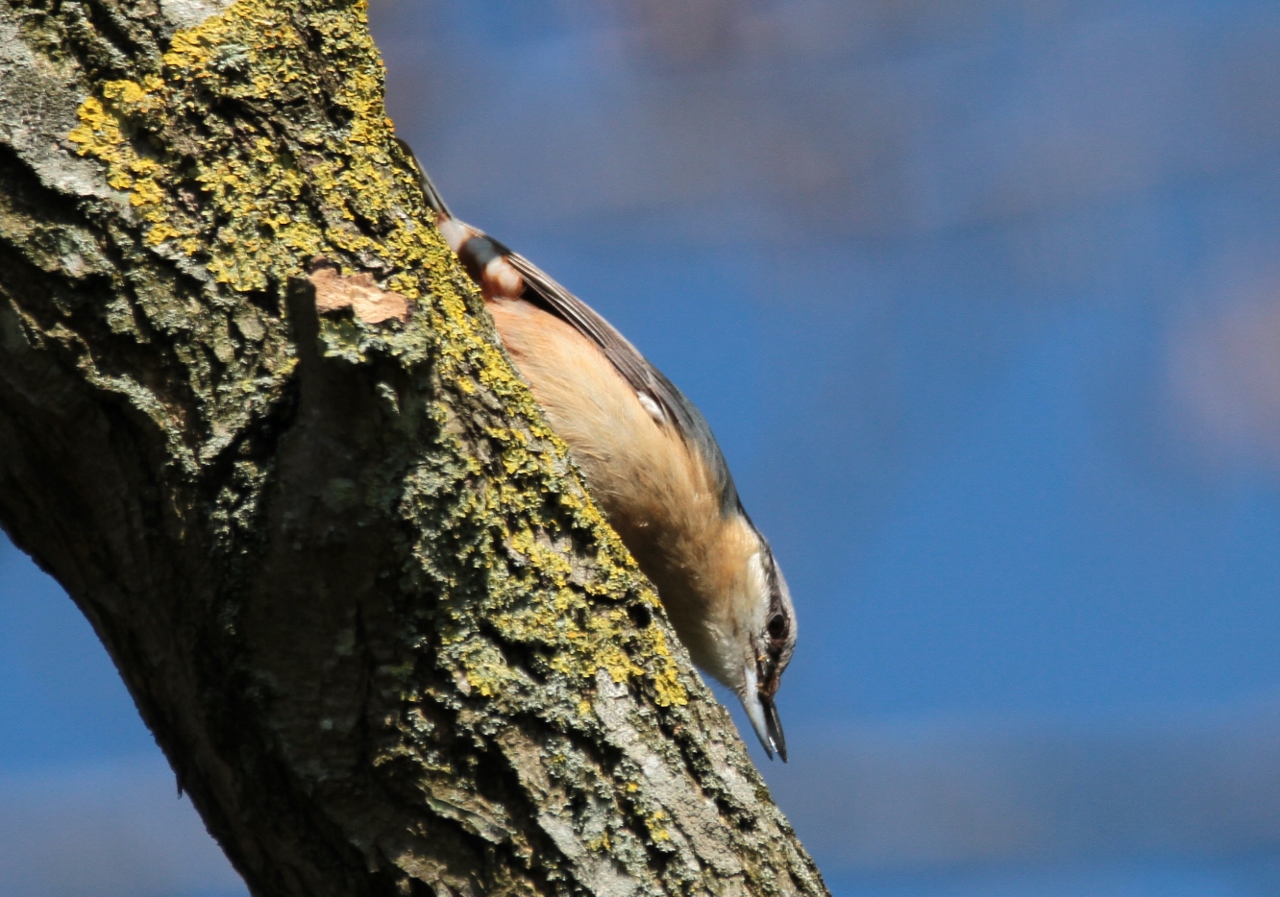
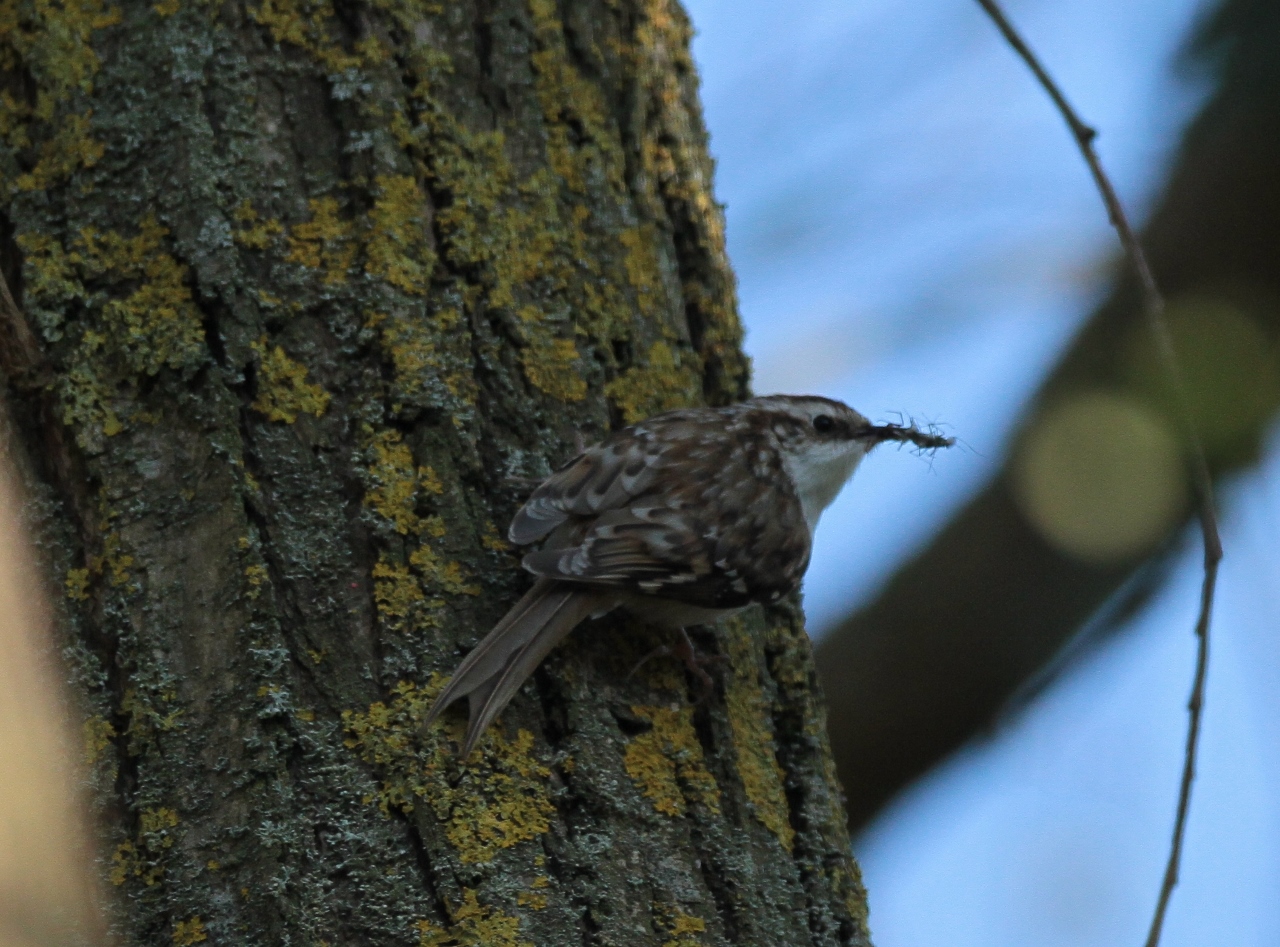
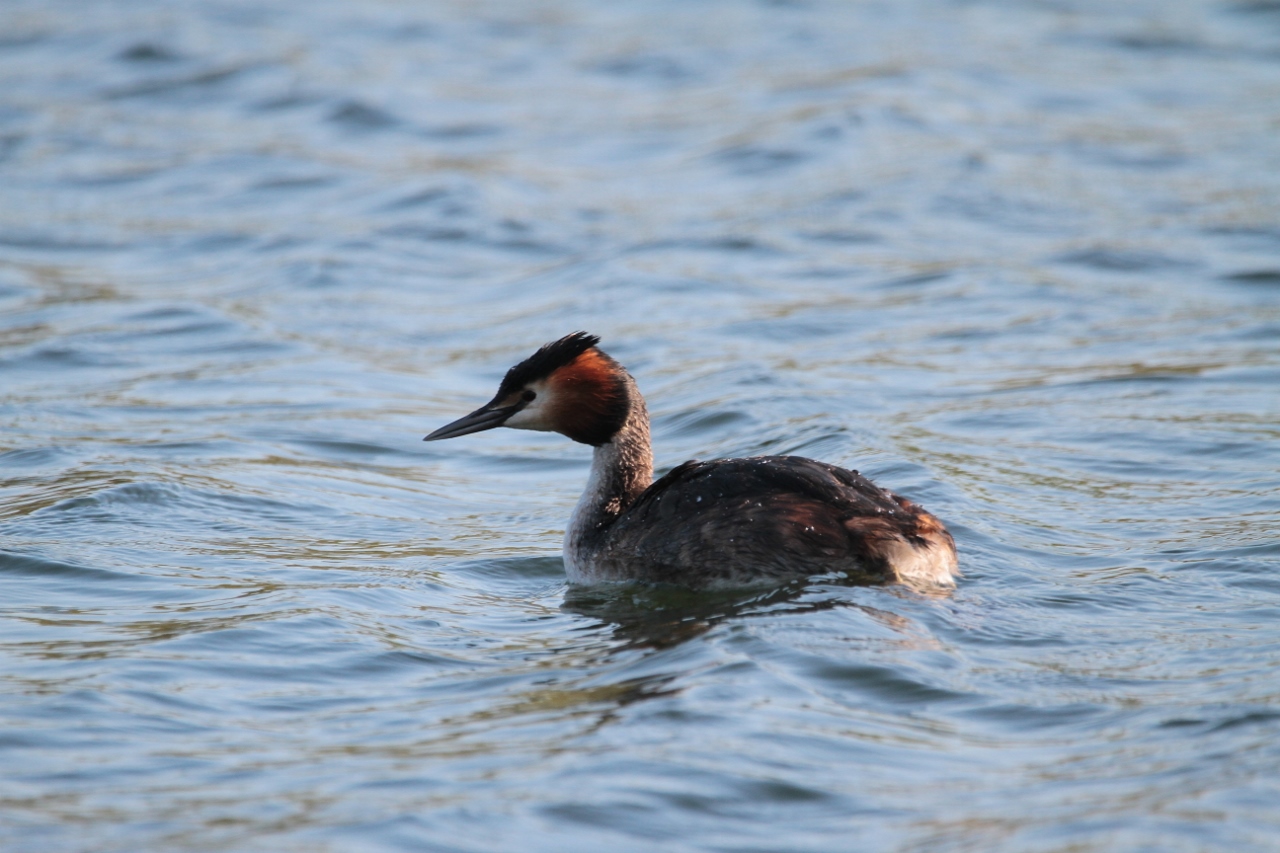
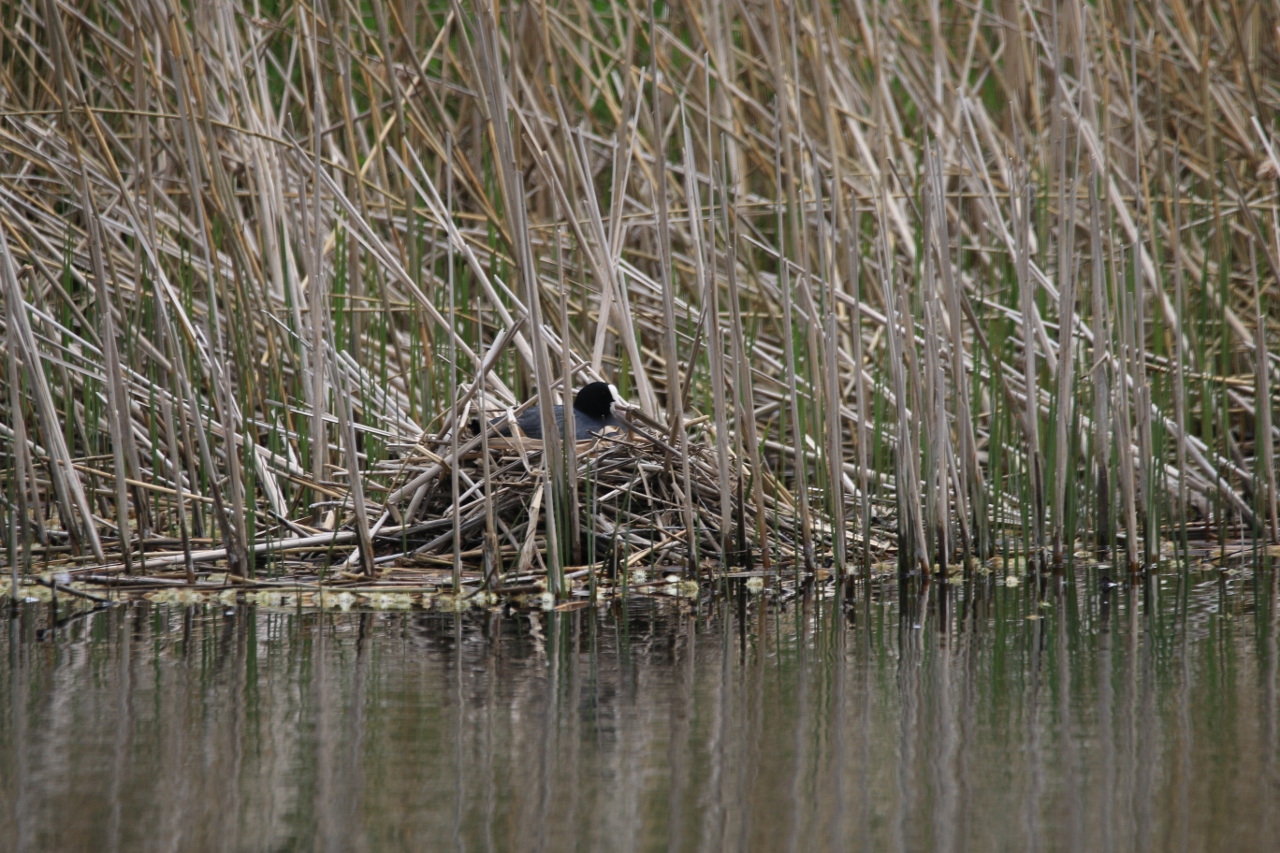
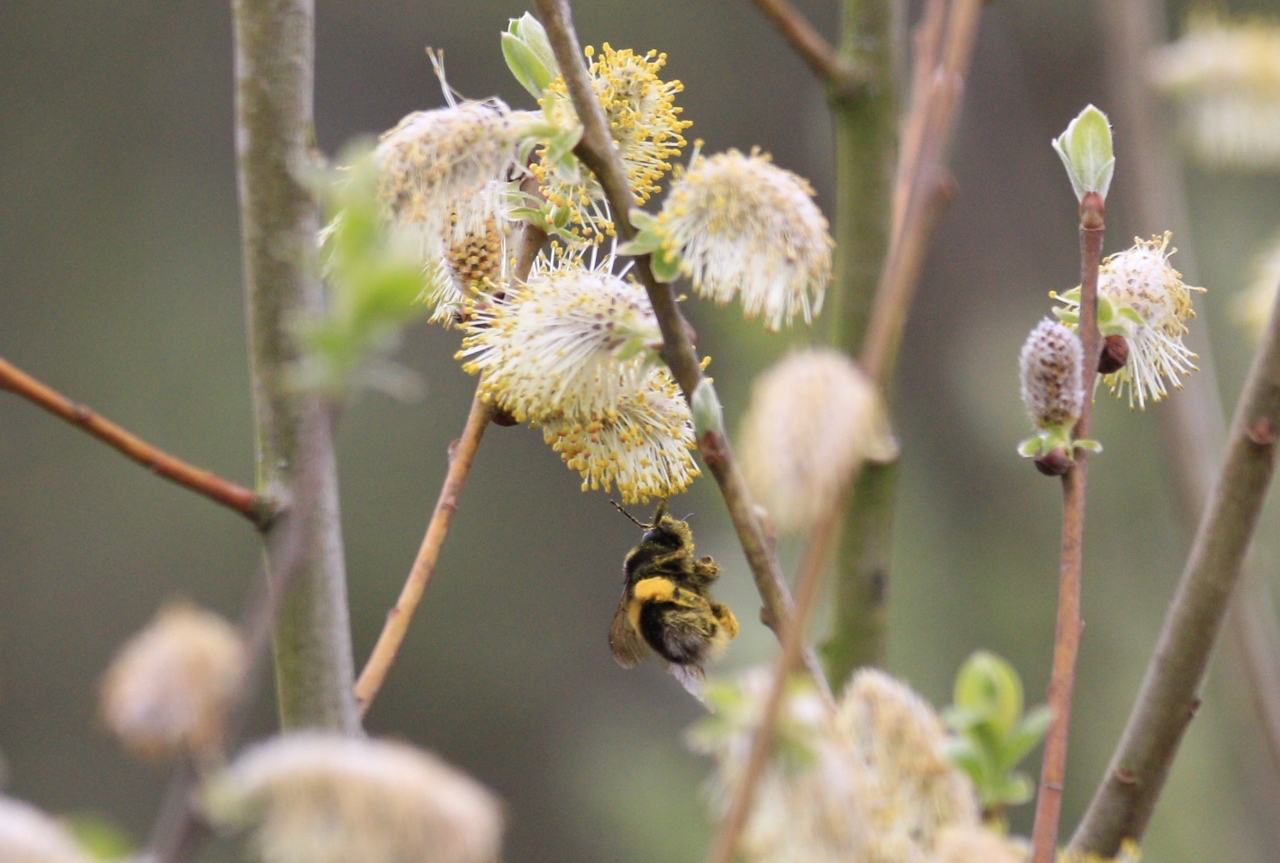
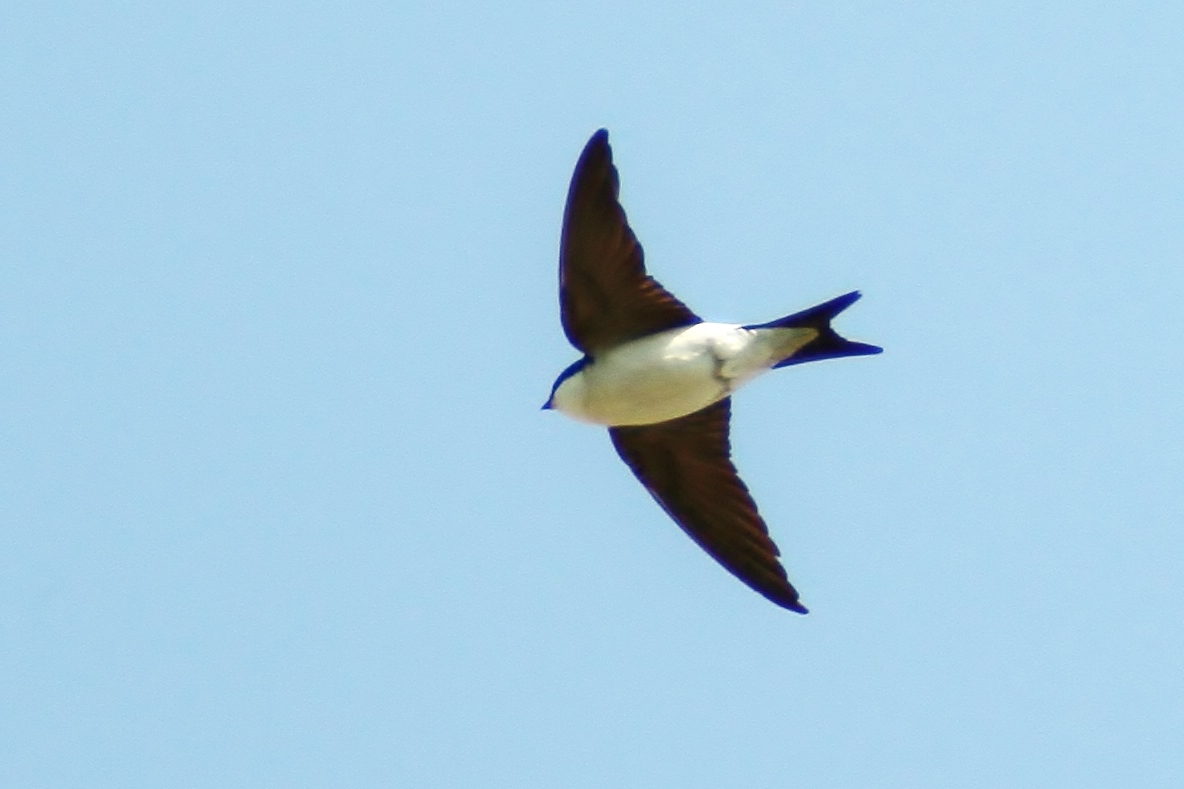

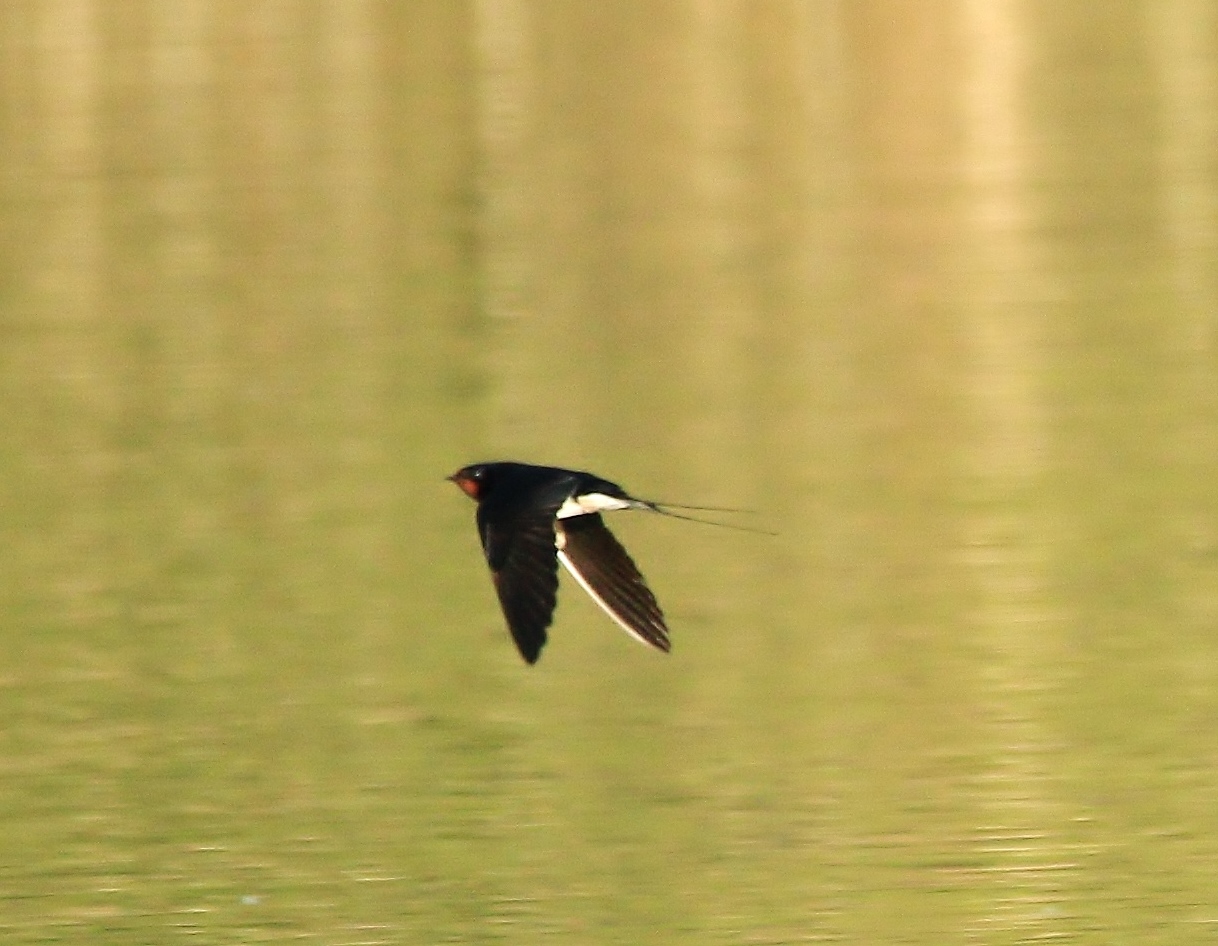




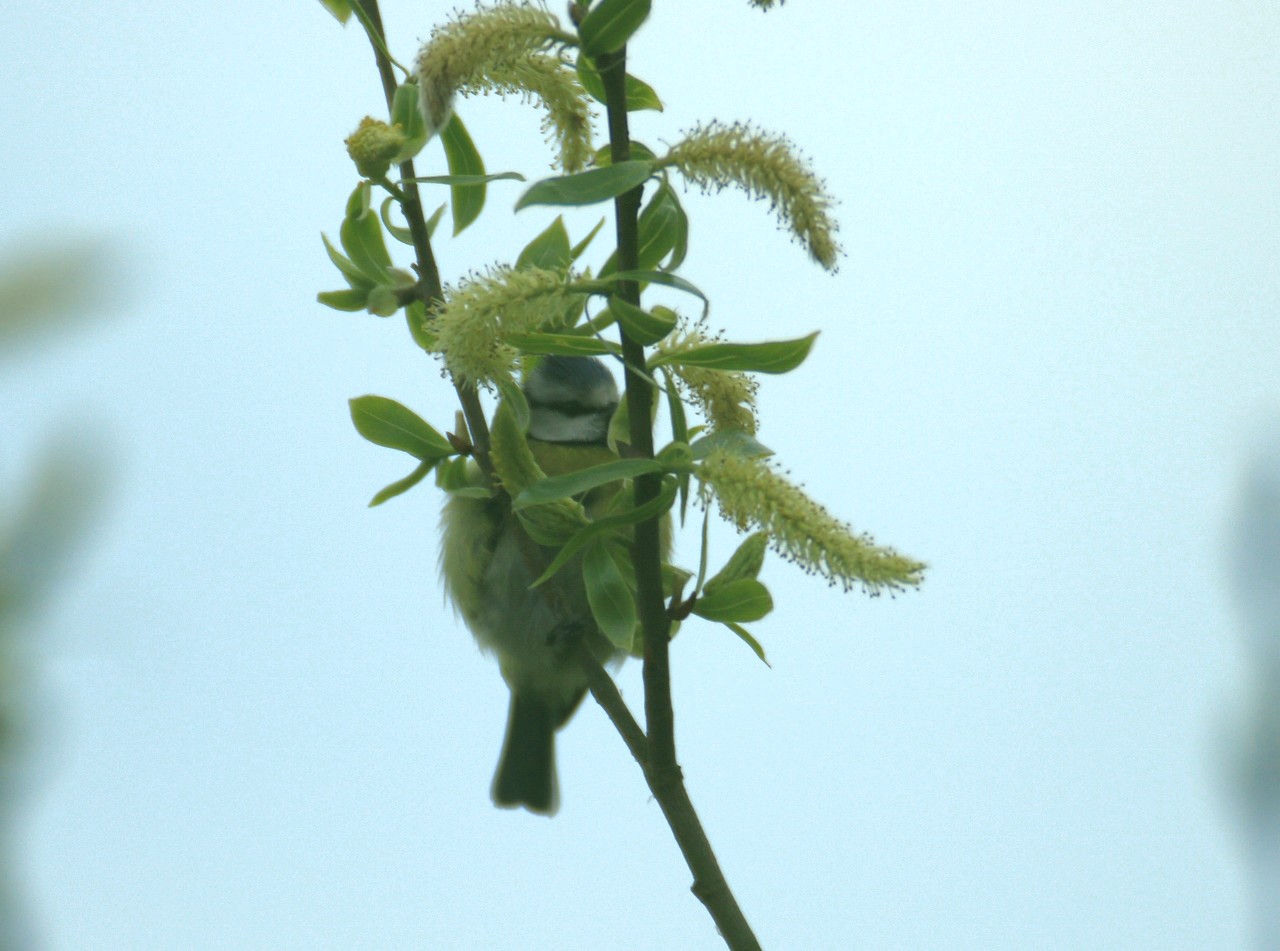
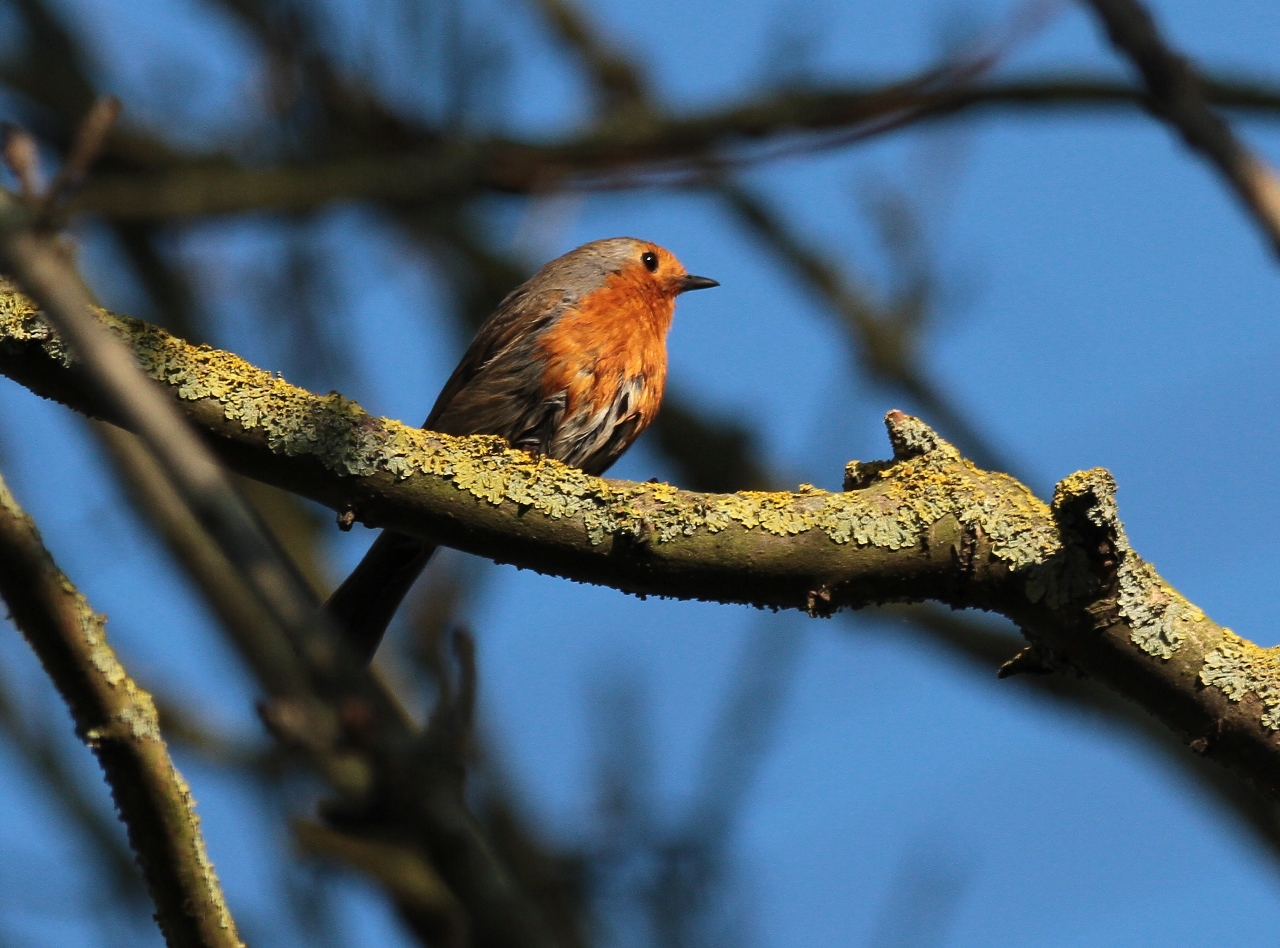

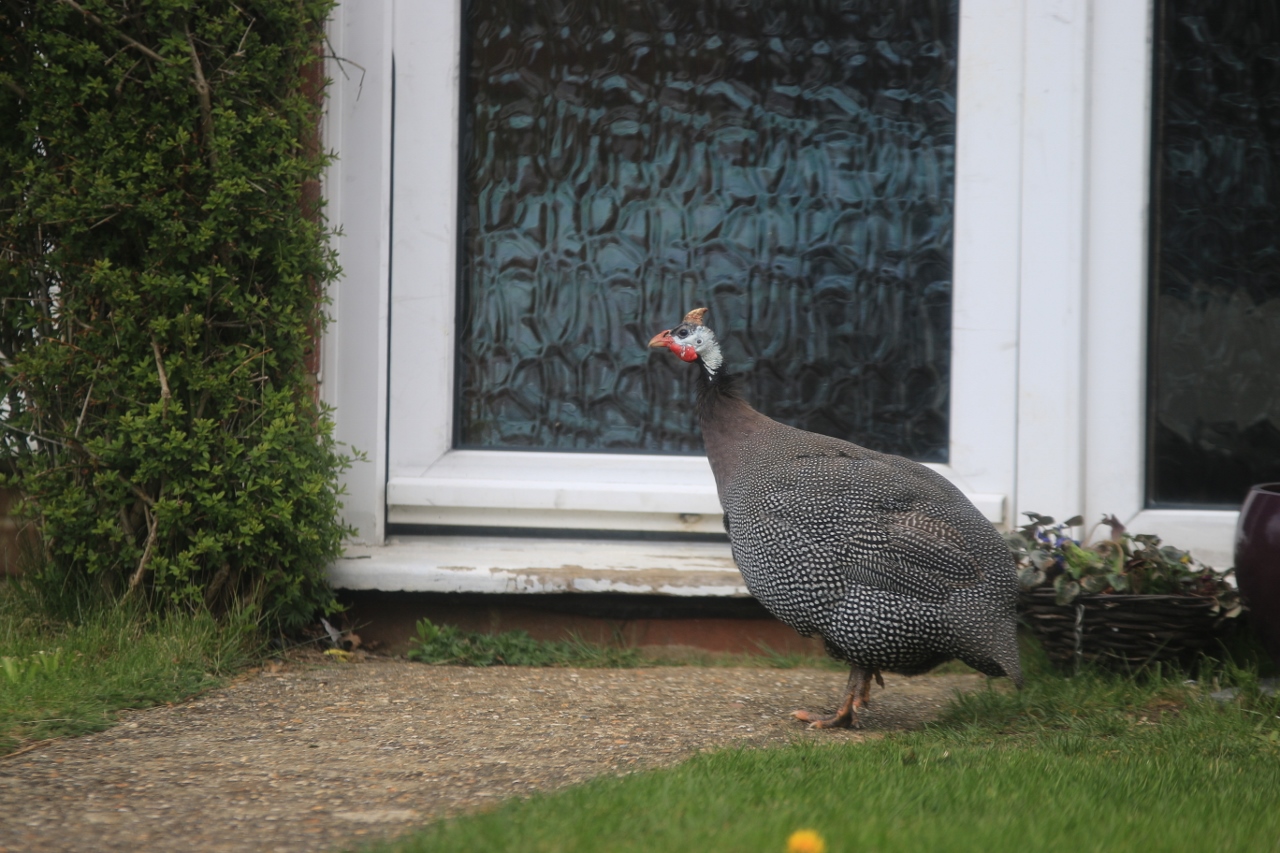



Harry Eve
April 22, 2019 at 8:04 am
The bee is almost certainly a female Hairy-footed Flower Bee. In my garden they seem to prefer Cowslips at the moment.